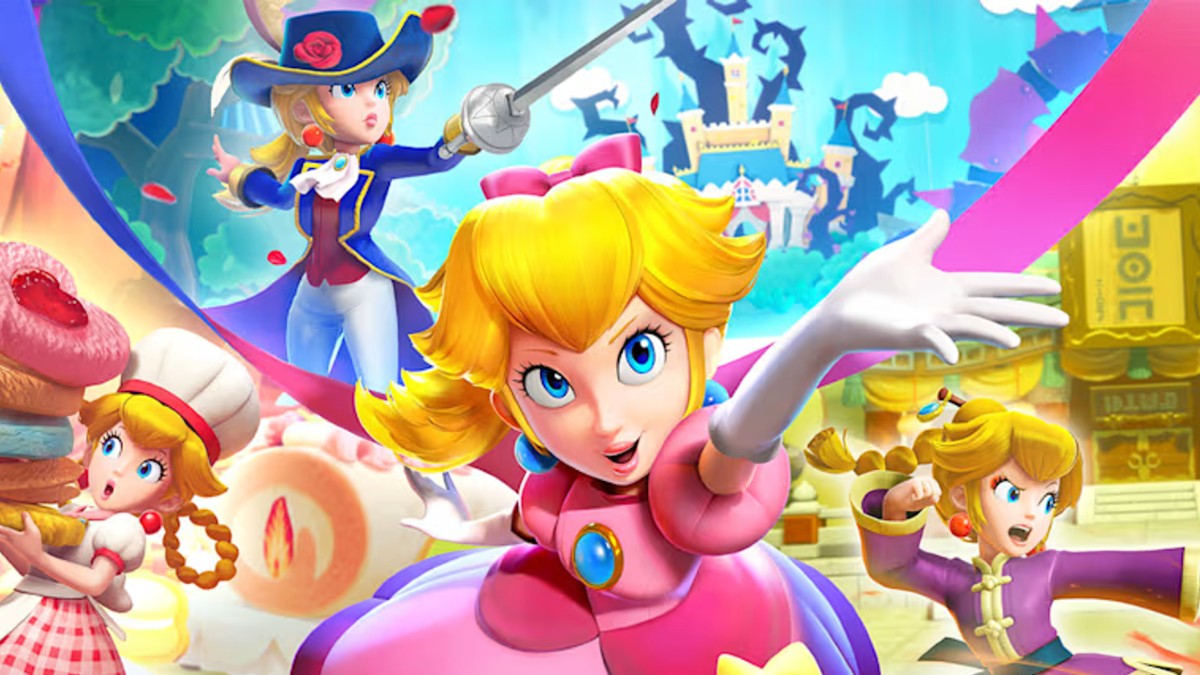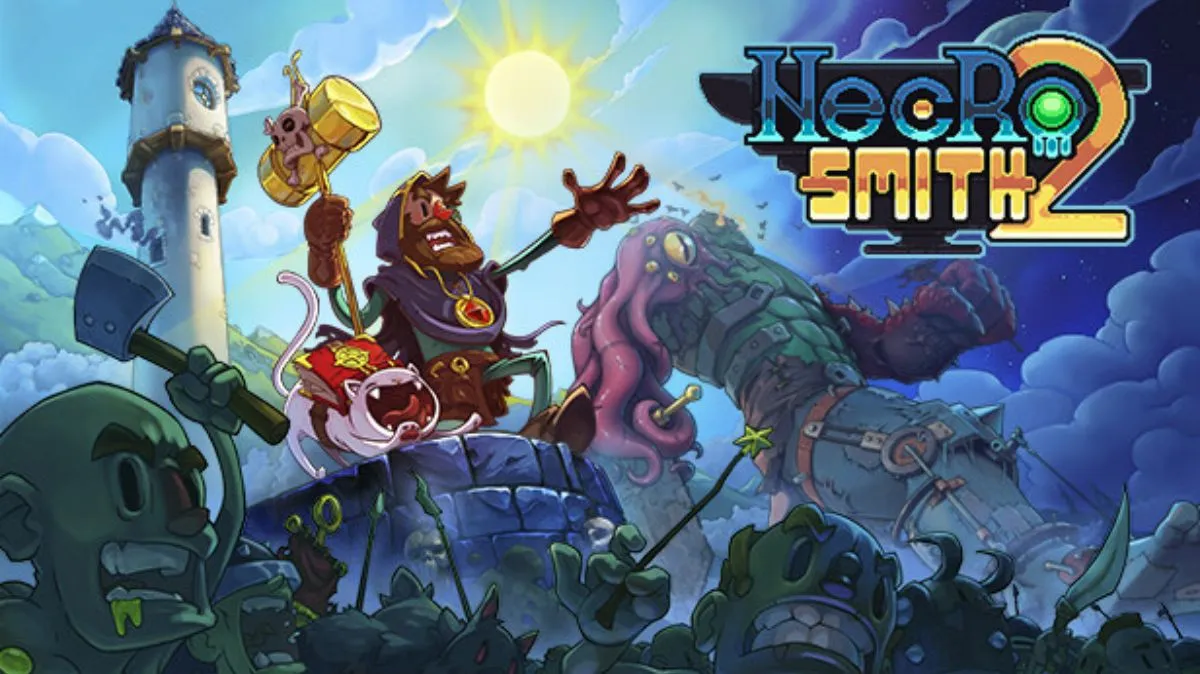Designed by Green Ronin & Wizards of the Coast. Published by Wizards of the Coast. Released November 3, 2015. Review copy provided by publisher.
Whatever criticism you have of Wizards of the Coast’s decision to form the Forgotten Realms into Dungeons & Dragons‘ primary default universe, you cannot particularly fault their breadth of implementation so far: Three big adventures requiring months to complete, an integrated organized play system, and a free online supplement of player’s options for each adventure so-far released. So it’s with some expectation of greatness, some capstone of fulfillment, that we should approach the 5th Edition‘s first supplement: Sword Coast Adventurer’s Guide. Ostensibly the must-have book for the modern player who’d like to keep up with the Joneses when it comes to what’s going on with the hip new FR-centric D&D. Perhaps that last sentence came off as sarcastic to you. That’s because it was. Nothing about this book is must-have, neither its world nor its game content.

Sword Coast Adventurer’s Guide, taken as a whole, is not a very good roleplaying game book. It’s a 20-page whirlwind tour of thirty-some years of Forgotten Realms history and geography, a kinda-useful 40-page whirlwind tour of the Sword Coast region. The rest of the book is 60 pages of mostly-superfluous descriptions of what standard D&D characters are like in the realms, with scattered nuggets of game mechanics customizing specific classes, a few alternate racial mechanics, and a trove of backgrounds. None of these sections particularly excels. It’s a 160 page, $40, full color hardback book – and much of what sets the high standard it fails to achieve is that $40 price point.
That’s not to say that are not moments of shining goodness, interesting lore, and clever mechanical twists – but those are the exception here, not the rule. The book’s not quite sure whether it’s a campaign world sourcebook, a framework for adventures, a companion to published adventures, or a supplement for specializing player characters in the Forgotten Realms.

As with every single non-adventure book for 5th Edition so far, the highlight of SCAG[1] is the art direction, graphic design, and layout. A big, high quality map of the sword coast region is its centerpiece. Zoomed-in chunks of the map are shown alongside descriptions of regions and cities throughout the book. The excerpts are small enough that they don’t take up too much space, but big enough to be useful when figuring out the relative location of the place described. As always, Wizards of the Coast produces the most useful, usable indexes in tabletop gaming – though the table of contents fails to include good detail for the gazetteer and there’s no index of the smaller map segments.
Sadly, the book uses some bleed effects that spread and fall into the gutter between pages, most notably on that big centerpiece map. The island kingdoms and nautical elements are completely indecipherable. Incredibly, this also means that Neverwinter – certainly a place of some import to the D&D brand – falls into the gutter. Further, no map in the book has a handy distance key, making them frustrating for some kinds of game master to use at the table. (Pro tip: You can just buy the whole, uncut map – including distance key – direct from its artist. It’s completely gorgeous and I’m not sure why it isn’t simply a two-page spread.)
Otherwise, there’s not quite as much character art as in the core books, but there’s a decent amount of reference art and pictures of things like coins and holy symbols that I didn’t mind too much. Disappointingly, because the book is so thin, you’ll likely have to break the spine to get it to lie flat if you’re in the first or last quarter of the book. There’s just not enough pages to hold down the thick hardcover. I’ll say this again later, but given how short this book is, it should have been a softback.
Sword Coast Adventurer’s Guide collects a couple types of – and I am going to use this word just the once, I promise – “Realmslore” into one place. The first twenty pages or so are a decent overview of the Forgotten Realms as a whole, focused on the perspective of the default setting of the sword coast and spreading outward in concentric rings of less and less detailed information. The further something is from Waterdeep, the less description it gets, all the way out to a single paragraph on far off Kara-Tur (which, I will note, the writers did well not to describe as “oriental.”) It’s a well written high-level overview of the rather complicated Realms’ history for someone only sort-of familiar with the setting, sparing detail only where it serves to enhance understanding, but not going too deep into any single place or period of the world’s history. New dungeon masters to the setting could comfortably ad-lib off this stuff without feeling like they’re breaking the game’s canon. If you don’t know anything about the Realms at all, it’ll give you a decent background and a bunch of names to look up on a wiki.
The following eighty or so pages are a tour of the Sword Coast region, which is where one might expect to be adventuring given the book’s title. Select cities and kingdoms get high-level overviews, describing their society and goings-on in a first person voice according to a knowledgeable inhabitant of the Realms. It works pretty well as middle-detail overview, and is downright entertaining at parts as these adventurers recount their experiences and travels.
This still leaves large swathes of the map edges undescribed or unmentioned. The Anauroch desert certainly looks important, but I don’t really know what’s there. That makes it hard to get this content to your table without designing your own adventures from the seeds you dig out – even if every spadeful of story-rich earth you overturn is practically green with sprouts. It’s clear this is meant more as a reference for running published adventures than for your own creations, and that’s where it’ll be most useful to those who buy it – the published adventures will fill in the gaps for you. SCAG will get you all the net details and bits of local color that the adventures can’t spend time on.

Alongside the world lore, the book has a few chapters of what are ostensibly character customization options, but are mostly more fluff. There’s some game content here, but I doubt it’s as much as most people wanted out of this book – about as much as a campaign’s worth of unique characters will manage to use on the table. It is certainly not, as the back of the book describes, “a plethora of new character options.” I would not describe a baker’s dozen as a plethora.
As player material, the sections on each race’s or class’ place in the world is a pretty short description that boils down to lists of places and names that supplement the world information in prior chapters. Race mechanics show up in sidebars, and are rarely-found alternates for five races, such as a cool sidebar on alternate Tieflings, or stats for Svirfneblin[1] that some will find nice, but are minimal.

The same goes for the classes, with 13 new class specializations presented among Barbarians, Clerics, Fighters, Monks, Paladins, Rogues, Sorcerers, Warlocks, and Wizards. Bards, Druids, and – perhaps most disappointingly – the continually lackluster Rangers get nothing new. Among the new are highlights and disappointments: Interesting specializations that make the Monk and Rogue much more desirable to play, offering a cool swashbuckling duelist with neat core mechanics, or an inner-light channeling Monk devoted to positive energy who can hurl Dragonball-esque blasts.
Those contrast with options like The Purple Dragon Knight for Fighter, which could have been a 5th Edition version of 4th Edition’s unique and interesting Warlord, but is instead an alternate set of middling to mediocre abilities for the most boring class in the game. Look at that, then look at the book’s four new arcane spells, all of which add good options to the game by giving a useful at-will ability to melee focused spellcasters. Those spells are all also implementations of good powers from 4th Edition’s Swordmage class… so why didn’t the Fighter get cool Warlord powers?
The best part is the 10 pages of backgrounds, by far the most interesting part of 5th Edition’s character building. They are superb and I have no complaints about them whatsoever – though they’re only very tenuously tied to the Realms. Which will be an annoyance to a very few people and a boon to everyone else.

Where this book could have used these 60 pages to include a dense block of interesting mechanics unique to the Forgotten Realms (and stealable for other settings), it instead has lightweight descriptions of where in the Realms the races and classes show up – which are basically rehashes of everything you knew already from years of fantasy lore. (There’s a reason, remember, that this is the new default setting – we all already know what a swashbuckling high fantasy world is like.) To top it all off, there’s a full page table of bard instruments, which I’d praise in another book but here just feels like more empty content. A place where this book was unsure just precisely what its purpose was.
Let’s compare for a moment – it’s the first thing I did when I realized how I felt about the book. My point of reference here is going to be an excellent past D&D setting book, 2010’s Dark Sun Campaign Setting. Dark Sun was also $40, also a single-book campaign guide, and also had to serve both players and dungeon masters. Its got a bunch of character options and a bunch of world lore over a comparably sized fictional region – maybe smaller, in fact, but since SCAG doesn’t have a map scale I can’t tell you. Dark Sun was a lot longer for the same price – 220 pages – and it uses that extra space to add both lore and playable material. While it includes some of the kind of world fluff that SCAG has, its game rules are much more dense, varied, and unique to the game world. It had mechanics that were so neat you immediately saw players of other settings stealing them. Its world lore includes high-level overview, but is more immediately gameable, even if SCAG‘s is more entertaining to read. It’s still on my shelf, even though I’ve sold off most of my 4th Edition books.
Once you’re done reading it, Sword Coast Adventurer’s Guide doesn’t have that charm. It’s the second-worst kind of RPG supplement.[2] Neither ultra-specific mechanics guide nor worldbook. A scattershot of interesting world lore. Repetitive descriptions of fantasy tropes. A halfhearted muddle of character options. It’s possible that were this book in softcover at a $20-25 dollar price point, I wouldn’t be so hard on it, but for 75% the price of a core rulebook and less than half the content, this one shouldn’t get your money – when the next game comes along, you’ll sell it for shelf space. This just ain’t the kind of book you save to use with other game systems or peruse on a rainy afternoon.
Bottom Line: Sword Coast Adventurers Guide is too short for the price and just doesn’t excel at anything.
Recommendation: Those detail-oriented DMs looking to run D&D‘s currently published campaign or adventures with a handy world reference will find this a useful, if not required, book.
[rating=2.5][amazonwidget]


